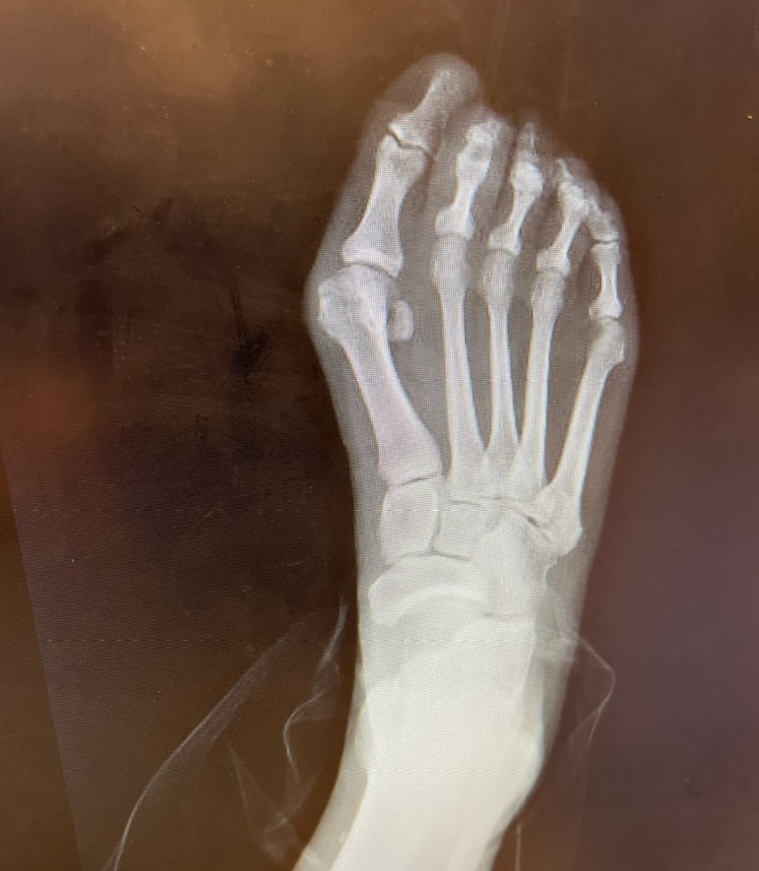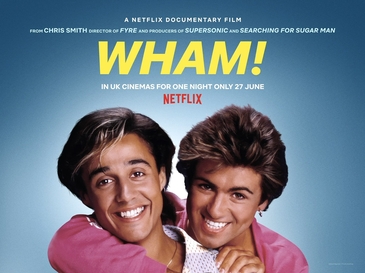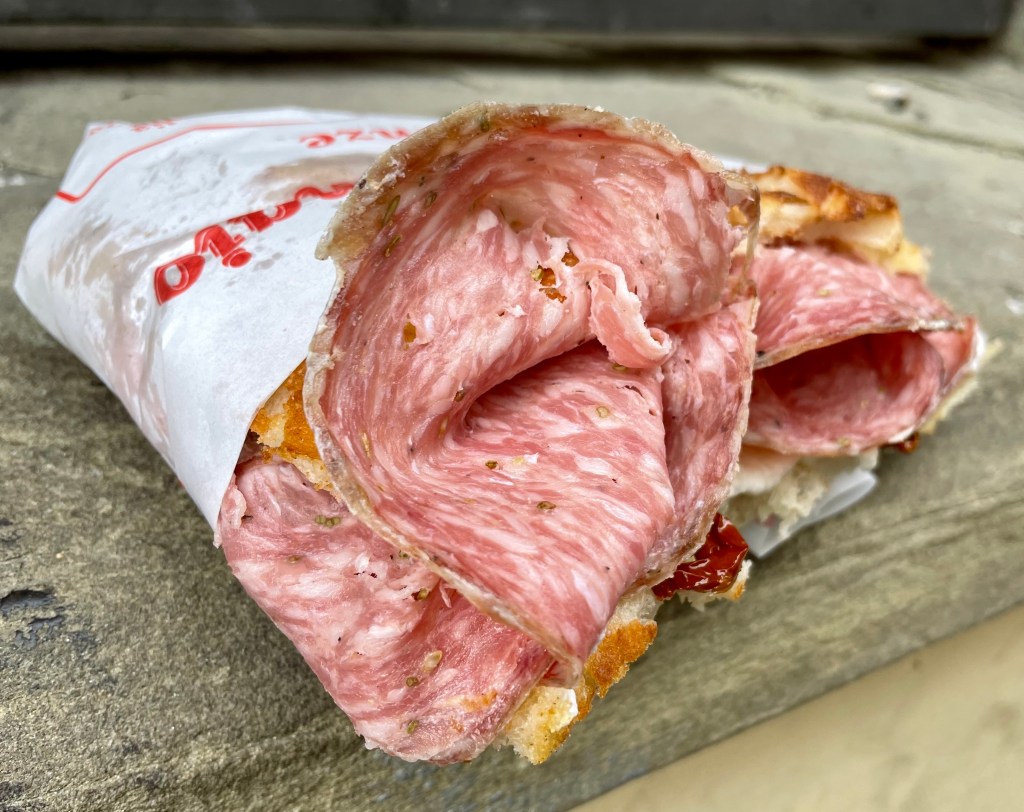So we’re wandering through the smashing Henry Taylor exhibit at the Whitney Museum in Manhattan and, like that, flash-bam, my right foot spontaneously combusts. It burns and sizzles. I seize up and sit down like a premature geriatric. Wincing happens. Cursing occurs. And yet nothing diminishes the pleasures of the show one bit. The art is exquisite — raw, funny, moving. I’m between awe and ow.
The foot becomes an issue. The pain, the throb, the burn. And we still have miles to trek through the unforgiving corridors of the city. The day is young, and it is often excruciating.
A day later, I call the podiatrist. An X-ray of my right foot is taken. I wait in the doctor’s minute room, slouching on the elevated exam bench, whose thin tissue covering crunches at the tiniest move, like aluminum foil, or tracing paper.
The doctor at last enters, assistant in tow, and she asks me to denude the offending foot. As I peel off my sock, I intone dramatically, “Behold the monstrosity.”
She laughs. I was expecting a scream. My foot is an objectively ghoulish sight.
Pro that she is, the doc instantly unriddles what’s before us, which is, in all its homeliness, sort of poignant. It’s something Cubist, maybe Surrealist. Perhaps a strain of elephantiasis.
What’s really happening is a honking medley of maladies: a bunion, a hammertoe and a flat foot. Hearing this, blinking dumbly, I inquire about a wholesale foot replacement, say, a grocery cart wheel, or a deer hoof.
Ignoring me, she administers a very gnarly cortisone shot into my toe while her assistant sprays a freezing liquid on the entry area so I don’t shriek like Axl Rose. The needle goes in deep. And deeper. I swear I hear the crunch of bone. A choir of angels sings.
Amazingly, my foot feels instantly better. The burn is extinguished. The doctor cautions that the cortisone could last a week, two months, forever, we don’t know. I’ll take any of those. She has me order an $11 toe splint from Amazon and suggests I buy fancy insoles. She checks to see if my insurance will cover the insoles she can provide, at $450, but, no, of course not. They will not foot the bill.
I sort of hobble out of the podiatrist’s office. My foot feels so much better. I’m walking on air. I’m about to do a little jig, until, out in the sunshine, I realize what a heel I’d be. One step at a time. One step at a time.




















